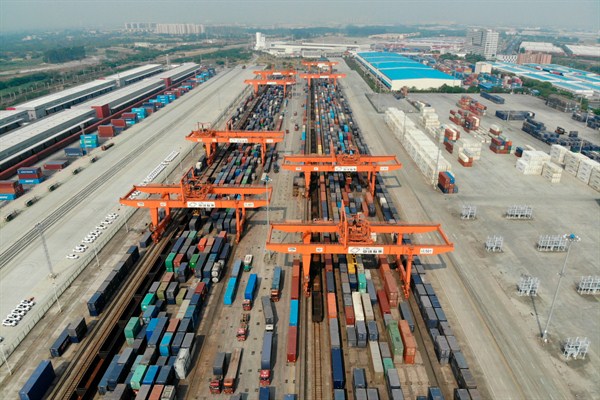Seven years into a sweeping and costly effort to rebuild Asia with itself at the center, China has a publicity problem with its Belt and Road Initiative. What has become the guiding macroeconomic centerpiece of Chinese foreign policy is in many ways stranded on shaky ground.
Some of the Belt and Road Initiative’s trouble is superficial, like its unwieldy name, which had to be rebranded from its earlier form, “One Belt, One Road,” that itself was an abbreviation for two interrelated investment strategies called the Silk Road Economic Belt and the 21st Century Maritime Silk Road.
But fundamentally, Beijing’s problems stem from tangible issues such as waste, political cronyism and a slew of overambitious infrastructure projects that have created unsustainable levels of debt for partner countries. Last year, Sri Lanka turned over ownership of a Chinese-funded port built as part of the Belt and Road that the government couldn’t afford to finance. In Kazakhstan, a flagship rail depot designed to transform the country into a shipping hub for Central Asia—a so-called dry port—has fallen short of expectations as maritime shipping remains much cheaper. And this year, Myanmar, Malaysia, Nepal and Pakistan have all reduced or cut back Belt and Road projects out of fear of expensive contracts for potential albatrosses saddled with debt.

